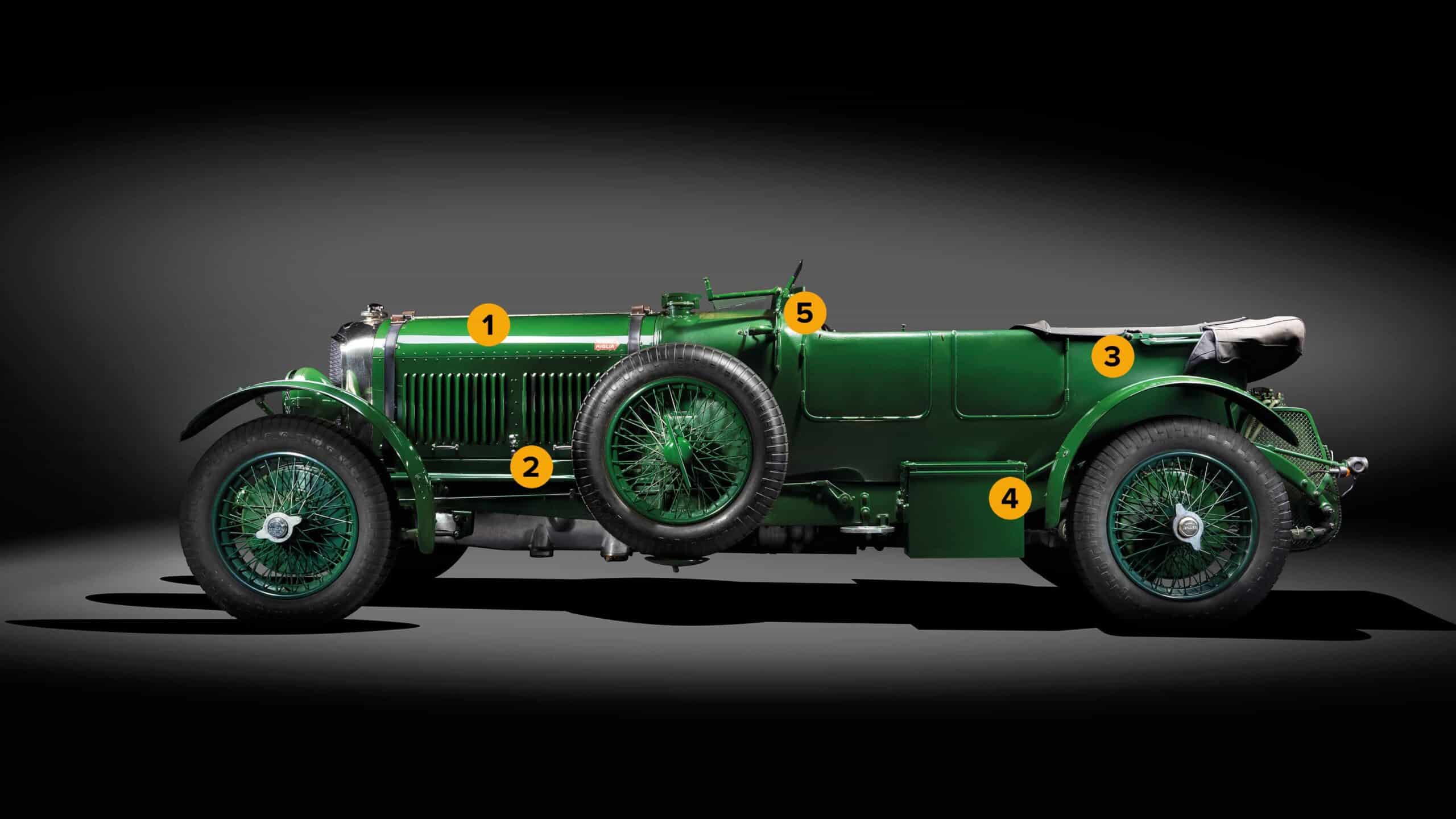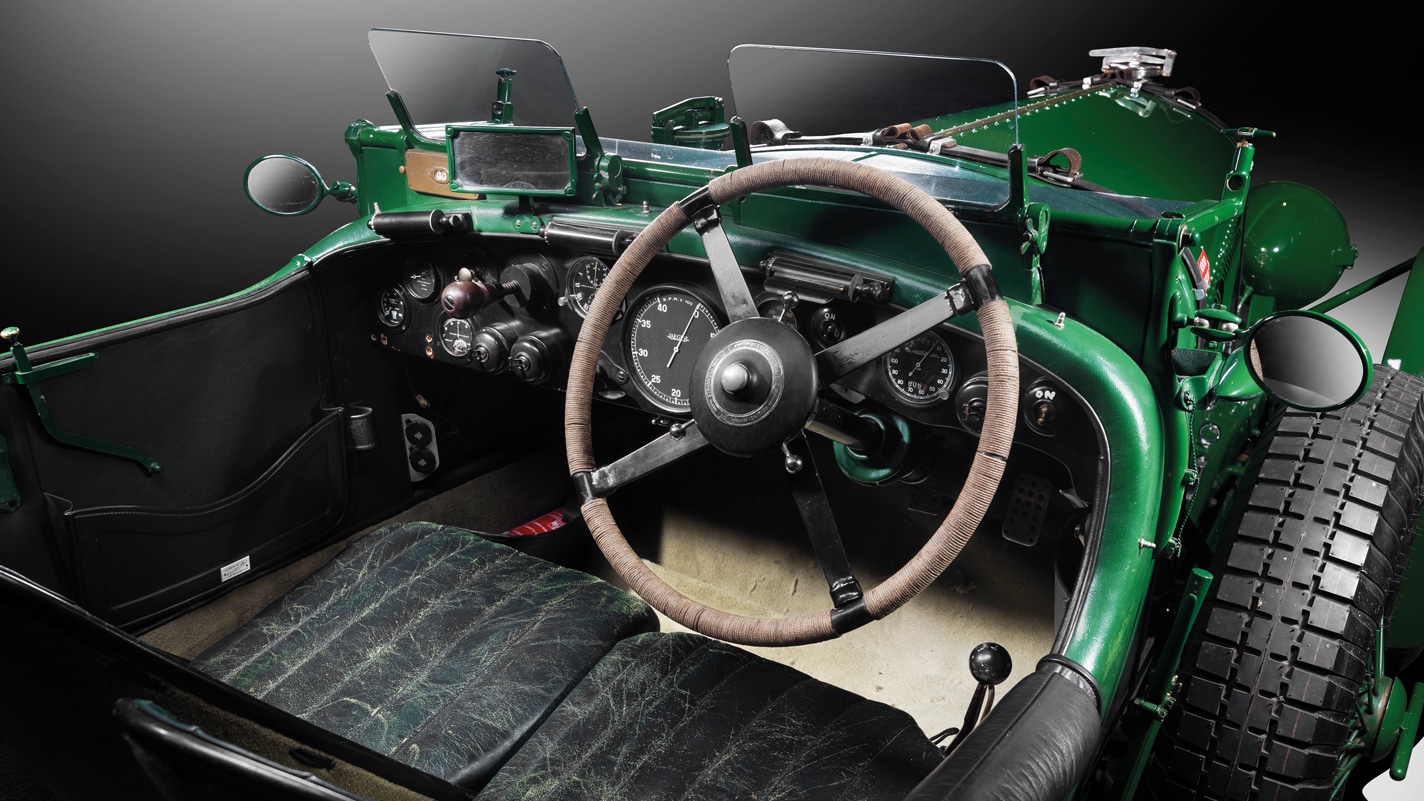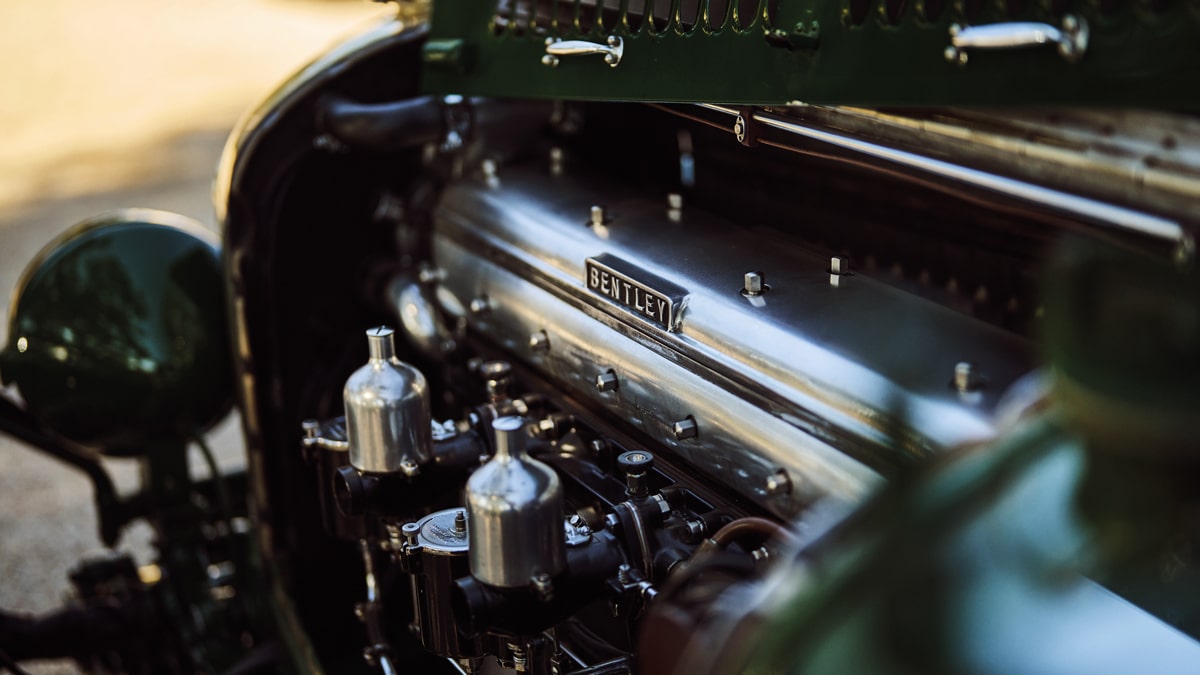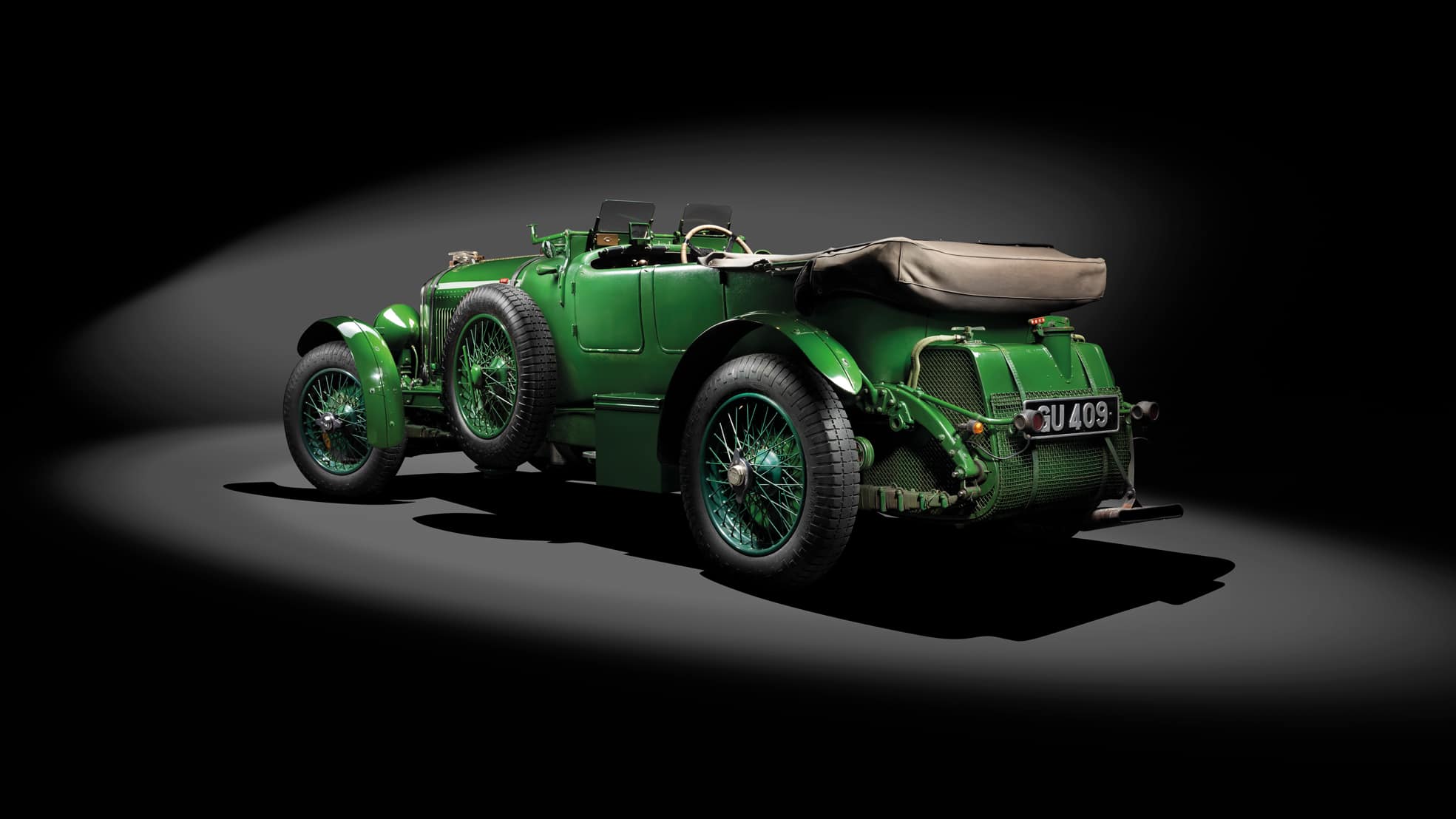Bentley Speed Six: Bentley Boys' Le Mans-winning beast
Over the next months we’ll present cars from each of Motor Sport’s 10 decades which have a claim to being the greatest of the greatest. First, from our founding decade, is Bentley’s Le Mans-winning beast. Gordon Cruickshank states its case
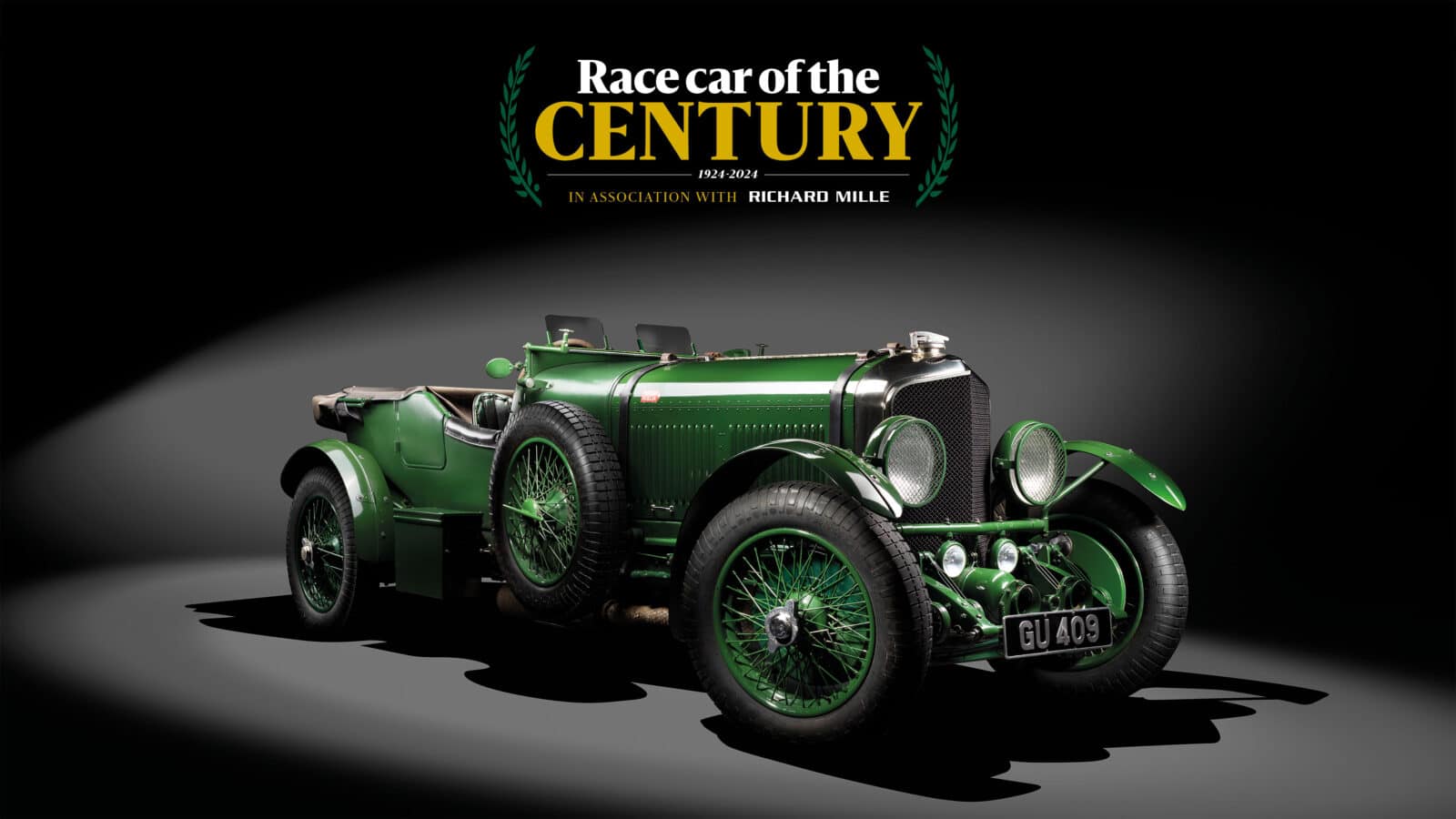
Voting is open in our Race Car of the Century poll. Scroll down to read more on the Bentley Speed Six or click below to have your say immediately
1 1920s Bentley Speed Six
Even the name is mighty – Speed Six. Perhaps it’s the glamour of those wild-living, free-spending ‘Bentley Boys’ who raced them, or maybe our devotion to Le Mans that gives a 1920s Bentley such resonance on these shores. After all, on the continent at that time there was true road racing, with Delage, Fiat and Alfa Romeo forging a path towards the pure grand prix car. Britain, though, hampered by a ban on road racing, was focused on the artificiality of Brooklands’ speed bowl, by now a racing cul-de-sac fostering thundering monsters at the expense of agility.
Yet there was one area where Britain would develop a perfect fit for the niche, high-performance touring car. A car with steam-engine toughness and the muscles to heave a six-seater body around – or to beat all rivals in the 24-hour marathon at Le Mans, the new endurance benchmark. On no fewer than five occasions between 1924 and 1930 dark green Bentleys of increasing size and power would take the Union Jack to victory, and the final development with two glorious successive triumphs under its towering, vent-slashed bonnet was the rumbling Speed Six.
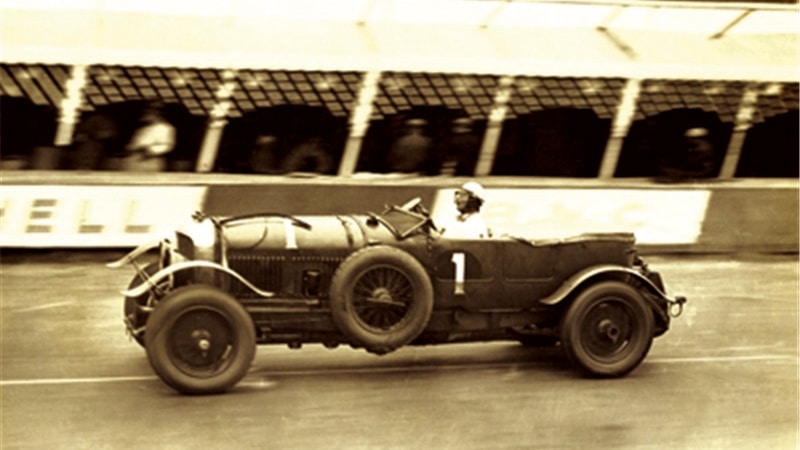
1929: Woolf Barnato heads for Le Mans 24 Hours victory in Speed Six Old No1
Alamy
The man behind the badge was Walter Owen Bentley – ‘WO’ to insiders. Revealed in 1919, his 3-litre design promised a new standard of performance motoring; when it finally reached production it made an immediate impact. Drawing on both the 1914 grand prix and 1912 racing Peugeot as well as his aero engine expertise, WO’s engine featured four valves per cylinder – very sophisticated for the time – as well as twin ignition, single overhead camshaft and major aluminium components. All of this would carry through to the Speed Six.
Immediately the Bentley’s sturdy build and silent power drew plaudits. WO himself believed in racing for publicity and in 1921 a prototype, EXP 2, triumphed at Brooklands, first of many victories, often in the hands of enthusiast owners. Bentleys took home the team prize in the 1922 Tourist Trophy and the factory even sent a short-chassis boat-tailed car to contest that year’s Indianapolis 500. A year on, it was one of those keen private owners who took his 3 Litre to the first running of a new endurance race near a little French town called Le Mans. Bentley thought it a daft idea but went along anyway, to see his machine claim fourth place. Twenty-four arduous hours of racing turned out to be the ideal place to demonstrate the robustness of his machines against the best Europe could field.
Racing was the perfect billboard, yet these were designed as road cars. While wealthy and aristocratic clients – future Kings Edward VIII and George VI were just two customers – were lining up to buy a costly Bentley chassis to be clothed by a coachbuilder in their choice of bodywork, it was soon clear that a 3 Litre made a lively two-seater but struggled with a heavy limousine body. Step forward the new 6½ Litre, a six-cylinder with longer, sturdier legs and combining advanced technicalities of the smaller engine with a super-silent triple-throw crank camshaft drive, mounted in a beefier chassis. Although aimed more at carrying passengers in silent comfort than pelting day and night around a racetrack, this sporting tourer would be the springboard for the Speed Six.
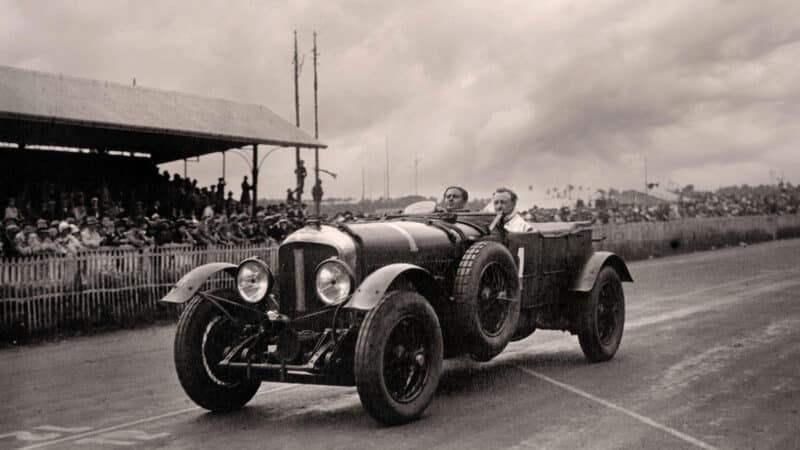
Barnato and Tim Birkin share the triumphant Speed Six at the ’29 Le Mans
ALAMY
Meanwhile, Bentley had developed the four-cylinder car to 4 ½ Litre, fitting the new engine into a 3 Litre chassis to try for a 1927 success at La Sarthe after a couple of dry years there. This prototype was backed up by two of the faithful 3 Litres, one of them the car which if not for a tired driver error would have finished runner-up the previous year. Driven by racing doctor Dudley Benjafield and journalist Sammy Davis it achieved the first of what would be four victories in a row, but only by the skin of its gear teeth. Bruised and battered from the famous multi-car crash at White House corner involving all three Bentleys, it was nursed to the pits, lashed up and sent back out with a bent chassis and a single headlamp. Overstretched by this last-gasp challenge, the leading Aries collapsed, handing Bentley a memorable success. The same car won again in ’28 with Bentley director Woolf ‘Babe’ Barnato and Bernard Rubin aboard. How could they follow that?
Answer: the Speed Six. With its pair of SU carbs, redesigned inlet ports, higher compression and sparkier camshaft it now pushed 180hp to those tall tyres, with a new radiator shape to distinguish it from the Standard Six. At Cricklewood Bentley’s racing department fitted the features it had absorbed from long-distance racing: light pistons, stronger axles with jacking pads, double-action shock absorbers, stone guards for lamps, screen and radiator (Le Mans wasn’t yet surfaced) and above all a vast 45-gallon fuel tank with quick-action filler, all fitted to a short chassis clothed in a very light Vanden Plas body. Now the works Sixes produced 200bhp and could reach a fearsome 125mph.
Despite two of the new cars not finishing in Brooklands’ Double 12, in 1929 a Speed Six sailed past all-comers to take first ahead of three 4½ litre Bentleys in the French classic. That season the same car triumphed in the Brooklands Six Hours race and placed second in two other major events. One of those was the Irish Grand Prix. No wonder this adaptable device was WO’s favourite Bentley.
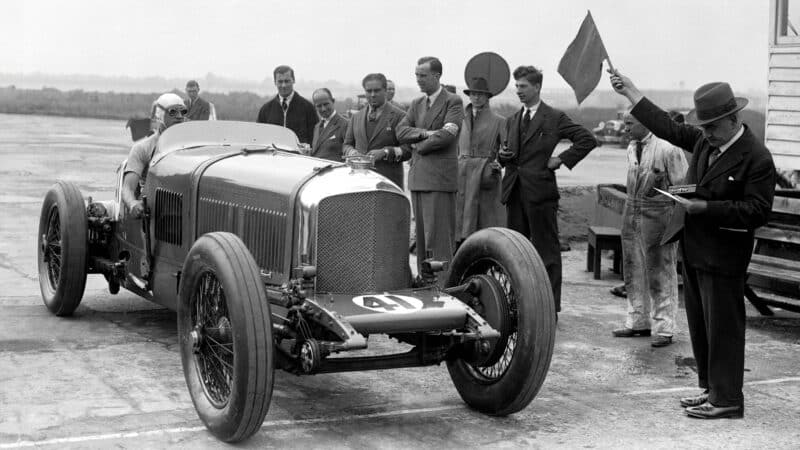
Old No1 had more success until a 1932 crash killed driver Clive Dunfee
ALAMY
The following year, the last for the works team, the ‘Big Sixes’ continued their domination in endurance events, a 1-2 in the Double 12 just a taster for France, where again first and second fell to the great green machines. The tired pair at the wheel of the winner were Glen Kidston and Barnato, Babe’s third victory in three entries – and he now controlled the company. But despite his vast diamond fortune which had propped up the company for some years the firm failed commercially, to be bought secretly and ignominiously by arch rival Rolls-Royce. It was a sad yet glory-garlanded closure for a marque which had upheld British prestige in one of the toughest international challenges racing could offer.
The Bentley name would resurface with a new ethos to achieve a fresh reputation, but the impact of those endless hours pounding round a never-ending track behind feeble lamps would leave indelible memories. Grands prix? Pah. Leave that to the Continentals. Ettore Bugatti may have called Bentleys “lorries”, but even he conceded they were the fastest ones in the world.
MS verdict: Union Jack-waver supreme fired Brits’ love for the French classic.
Vote for your Race Car of the Century
Can’t see the form below? CLICK HERE
1. Bonnet
New radiator and bulkhead shape marked out Speed Six. Just 182 cars were built, qualifying as a production model for Le Mans. Team cars’ P100 lamps were powerful – but often cut out
2. Engine
Iron block with integral head was hefty but tough. Team cars had up to 6:1 compression and revved to 3500rpm, with 200bhp available
3. Bodywork
Le Mans rules dictated a four-seater tourer body with functional hood. Vanden Plas built the super-light coachwork, with slam passenger door handles for faster Le Mans starts
4. Chassis
Speed Sixes were offered in three chassis lengths, team cars employing the shortest, plus axles with built-in jacking pads for quick wheel changes at pitstops
5. Fascia
Crammed team car dash dominated by chronometric rev counter, plus magneto switches and manual lap counter. Wheel rope-bound for grip; fold-down mesh screen leaves twin aeroscreens
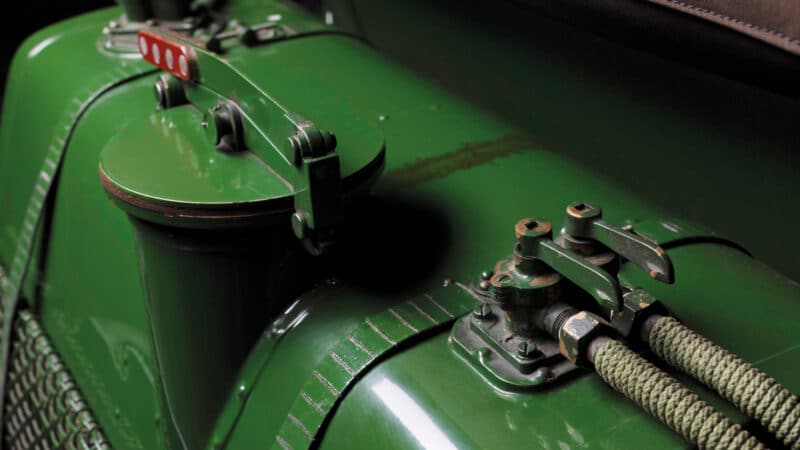
Quick-release filler to fuel tank
Bentley
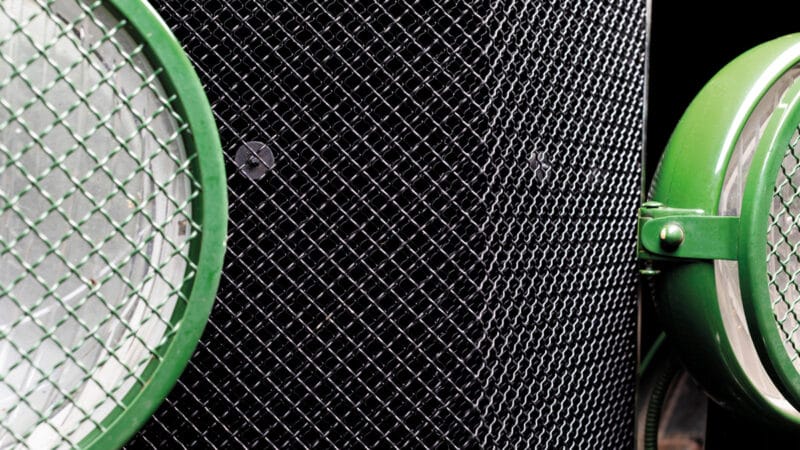
Stone guards for glass and radiator were vital
Bentley
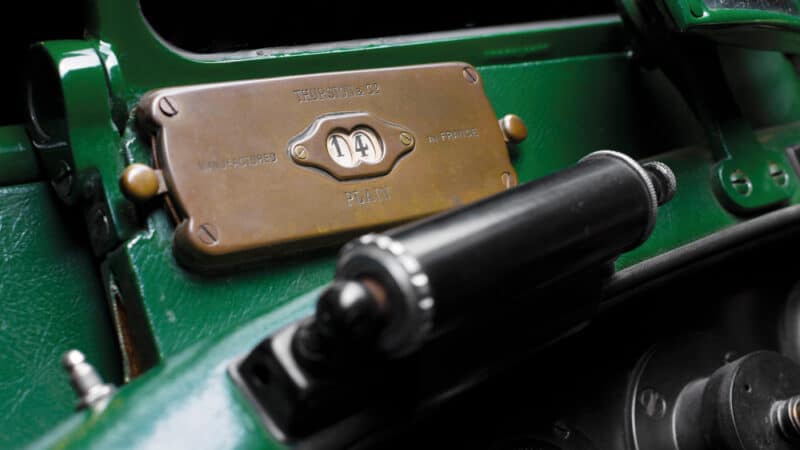
Thurston billiards scorer adapted for lap counter
Bentley
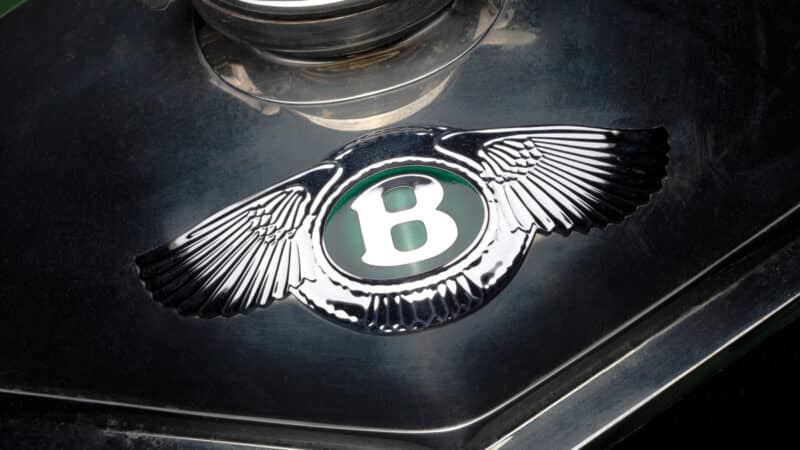
Bentley
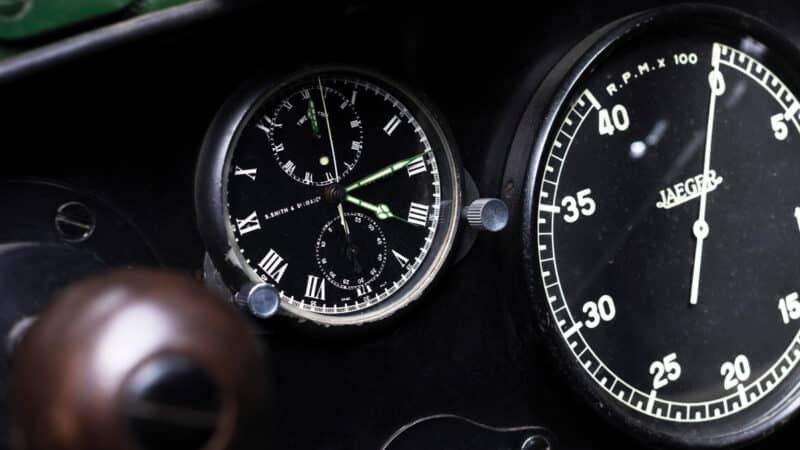
Bentley
Specification
Engine Inline 6
Capacity 6957cc
Valve gear SOHC, four valves per cylinder
Intake Two SU carburettors
Power 180bhp, 200bhp in race spec
Speed 125mph in race spec
Transmission Rear-wheel drive, four-speed gearbox
Brakes Rod-operated drums F and R
Suspension Leaf springs, rigid axles F and R
